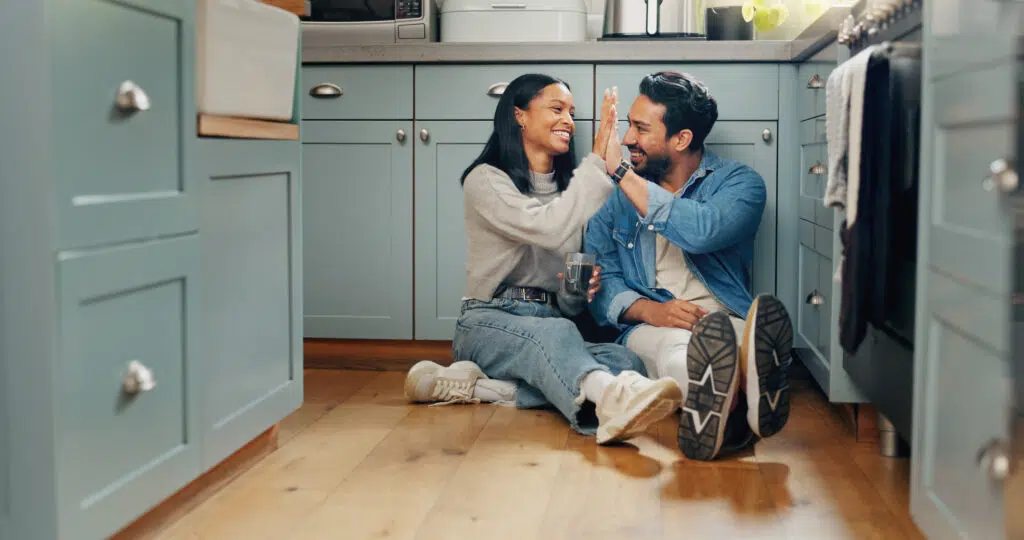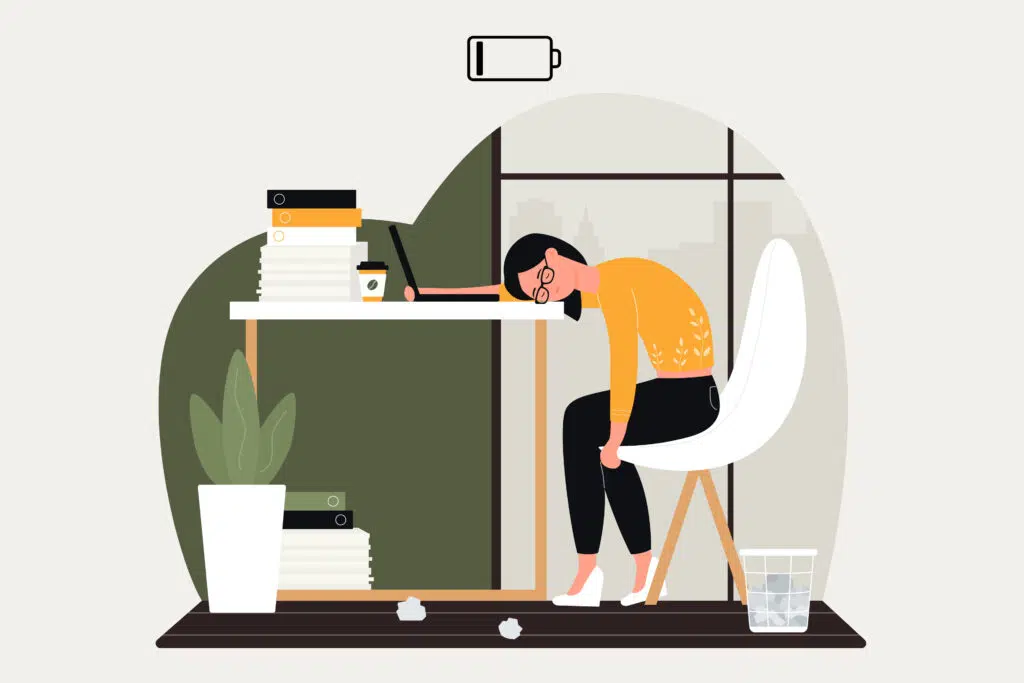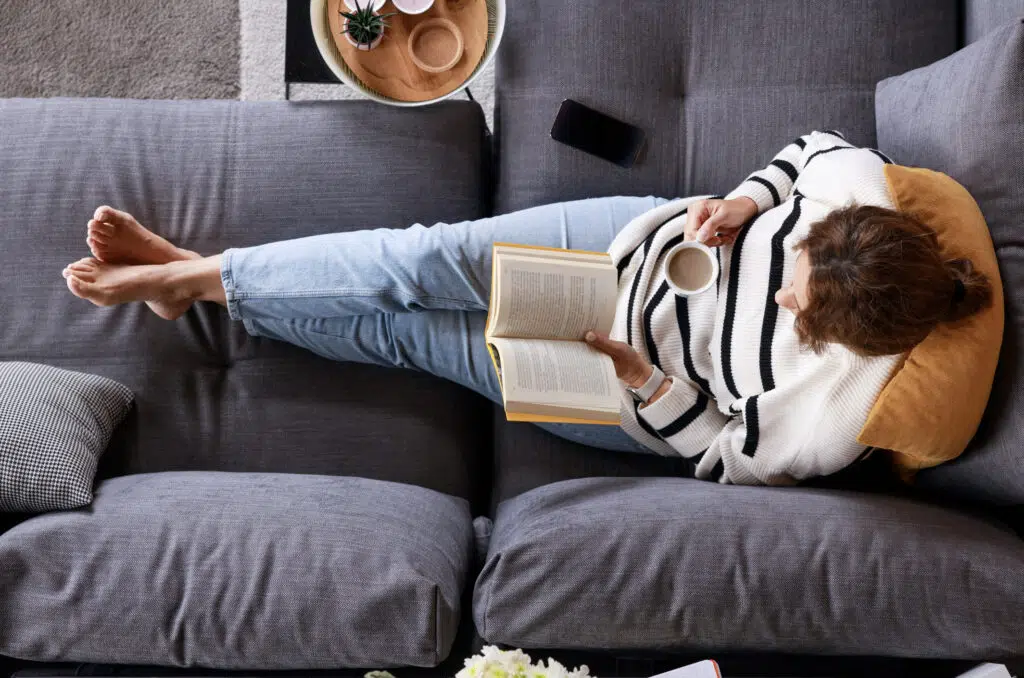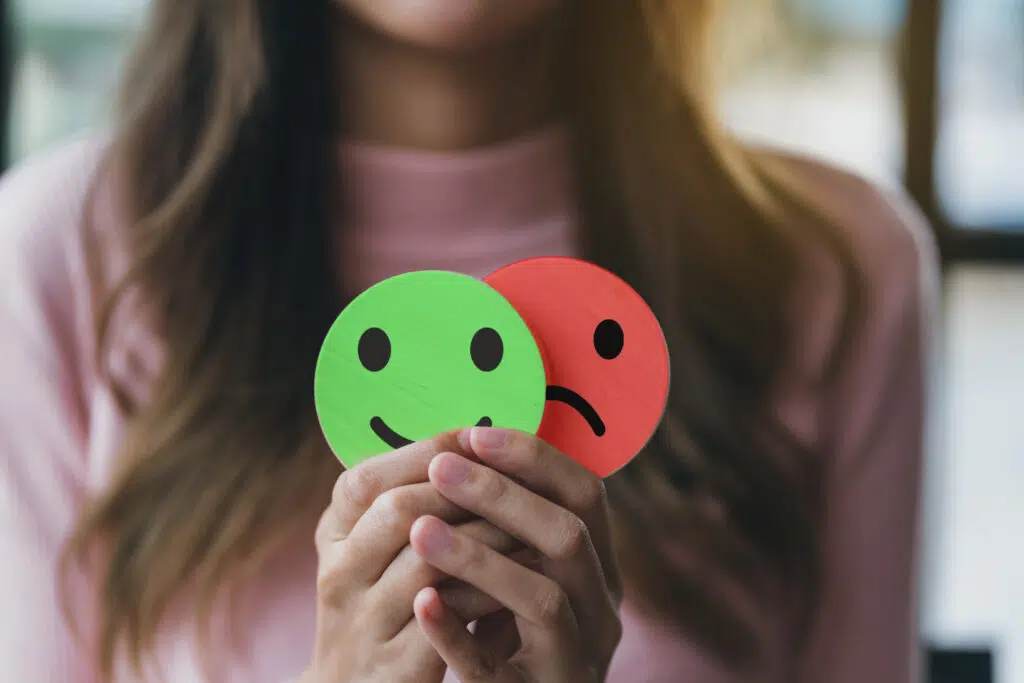Signs of Secure Attachment in a Relationship

A secure attachment describes the foundation of any healthy relationship. Securely attached people tend to be trusting, communicate openly and honestly, and are attuned to their partner’s needs and emotions.
Attachment styles can influence your relationships and how you navigate the adult world. While you don’t choose your attachment style, you can learn to develop and nurture a more secure relationship style.
What is Secure Attachment?
Attachment styles are deep-rooted in attachment theory. John Bowlby is considered the founder of attachment theory. He explains how the bonds we form early in life, especially with our parents or primary caregivers, can shape the way we connect with others later on.
There are different types of attachment types in a relationship: secure and insecure attachment styles (anxious preoccupied, avoidant-dismissive, and disorganized).
Someone with a secure attachment style has a deep sense of trust that comes from a healthy bond between child and caregiver. As a child, they felt supported and safe enough to be curious and explore the world around them. When a child feels confident that their primary caregiver, usually a parent, will respond to their needs, it builds trust and security.
What are the Benefits of Having a Secure Attachment Style?
Securely attached people often have high self-esteem and a natural ability to form and maintain healthy relationships with people. They are typically trusting of others, are optimistic, and have a strong foundation for developing secure relationships.
The benefits of having a secure attachment style go beyond healthy adult relationships. Research suggests that a secure attachment is believed to enhance an individual’s coping skills and self-worth, reduce anxiety, and improve emotional regulation.
Other benefits of having a secure attachment style include:
- The ability to feel and regulate a wide range of emotions.
- More constructive conflict resolution skills.
- Stability that comes from emotional support and secure relationships.
- Positive self-image and confidence in skills and abilities.
Attachment theory focuses on the importance of early attachments, which is also something to think about if you’re a parent. By being reliable, consistent, loving, and responsive to your child’s needs, you can help them develop secure attachments. Over time, this translates to a child’s emotional well-being, good self-esteem, emotional regulation, healthy relationships, and social skills.
Signs You Are in a Secure Relationship
When you picture a healthy relationship, you’re probably listing off things like good communication, healthy conflict resolution, trust, and respect. Securely attached partners have the ability to be emotionally intimate while living their own lives. They can balance independence and dependence.
What are the other signs you are in a secure relationship? Let’s break it down:
- Trust and Security: There is a foundation of trust and security. When one partner needs space, the other doesn’t feel rejected. There’s no fear of abandonment, and you see each other as reliable, consistent, and loving.
- Communication: Secure attachment styles allow people to talk about their emotions and feelings without feeling like they are going to be judged or rejected. Partners talk about their needs openly and know where they stand with each other; there are no guessing games.
- Conflict Resolution: Even secure relationships have conflict, but partners try to resolve it in a healthy way. Your partner won’t manipulate you to get their way. They will calmly share their feelings, be open to compromise, and seek a solution together.
- Individual Growth: Partners in a secure relationship have healthy boundaries that allow for individual growth and autonomy. Both partners support each other’s success and growth and don’t feel threatened by one another.
Remember that a secure attachment isn’t the only factor that influences a relationship. By understanding more about attachment styles, you can increase self-awareness, identify relationship patterns, and start to enhance overall well-being.
How to Nurture a Secure Attachment Style in Your Partner
People with an avoidant or fearful avoidant attachment style often find behaviors associated with a secure attachment style hard to engage with. They have a tendency to avoid emotional intimacy and may struggle with trusting others, communicating openly, resolving conflicts, and seeking support.
Nurturing a secure attachment style in your partner is a journey that takes time. Together, you can work to foster a relationship that’s built on trust, respect, and open communication. Here are a few things you can do to work towards a more secure attachment with your partner:
- Listen actively, pay attention, and respond to your partner.
- Offer reassurance and comfort when they need it.
- Encourage a safe environment to talk openly without judgment.
- Follow through on your promises and commitments.
- Don’t get hung up on the past and let go of previous mistakes.
- Encourage your partner’s growth and independence.
- Express your needs and concerns directly, but calmly.
It’s also important to understand your partner and their attachment style, especially if it’s different from yours. While you may not always agree on how your partner handles a situation, knowing your partner’s attachment style can help you create a deeper and fulfilling relationship.
Can You Develop a Secure Attachment Style?
To begin working towards a more secure attachment style, it’s important to understand the different attachment styles.
For instance, anxiously attached people in relationships can be very needy or clingy, and they may always worry about the relationship ending. You might spot negative patterns in these types of intimate relationships, like a need for constant reassurance and becoming very dependent on a partner.
Awareness and self-reflection can help you identify patterns in relationships and root causes of insecurity. This can help you develop a clearer understanding of how you connect with others. While early childhood relationships may play a role in shaping attachment style, it is possible to learn to build healthier relationships in your adult life.
Strategies to foster a more secure attachment style include:
- Heal past wounds or unresolved trauma through therapy and self-care.
- Understand your attachment style and challenge negative beliefs.
- Search for partners who are emotionally available and supportive.
- Set clear and healthy boundaries in a relationship.
When to Contact Thriving Center of Psychology
Developing a more secure attachment style isn’t straightforward for many. Unresolved trauma, negative relationship patterns like manipulation or betrayal, and mental health conditions can lead to difficulty trusting others and reinforce insecure attachment styles. Addressing these types of issues typically requires help from a mental health professional. A therapist can help you process unresolved trauma, enhance emotional regulation, and work towards healthier relationship patterns.
Here are some signs you could benefit from speaking with a therapist:
- You find yourself in the same argument cycle with your partner about the same issues.
- You struggle to express your needs and understand each other’s needs.
- You’re experiencing trust issues, jealousy, or possessiveness.
- There’s a lack of intimacy in your relationship.
- You have low self-esteem.
- You’re experiencing mental health issues such as anxiety or depression.
- You find it difficult to form a deep connection with others.
Understanding more about yourself and why you think or feel a certain way takes time. You don’t have to wait until you’re at a crossroads to ask for help. A therapist can help you proactively address attachment style issues and build stronger relationships. Start your therapy journey today — book a consultation with Thriving Center of Psych.

How to Manage Stressful Life Transitions and Events
From getting into college or having a baby to splitting from a spouse or experiencing the death of a loved one, life can surprise you with big wins and tear you down with loss. Life is filled with transitions, some happy, others stressful and difficult.

How Long Does it Take to Recover From Burnout?
If you’ve reached burnout, it describes a state of complete emotional, physical, and mental exhaustion. Between heavy workloads, toxic work environments, economic uncertainty, and a poor work-life balance, burnout is a very real problem that can affect all aspects of your health.

What is Mindfulness Therapy?
Mindfulness therapy involves using mindfulness techniques to increase awareness and learn to manage emotions more effectively. These techniques include paying attention to the present moment without judgment.

What is Dialectical Behavioral Therapy (DBT)?
Dialectical behavioral therapy (DBT) is a type of talk therapy developed to help people struggling with intense and overwhelming emotions and relationship difficulties.

